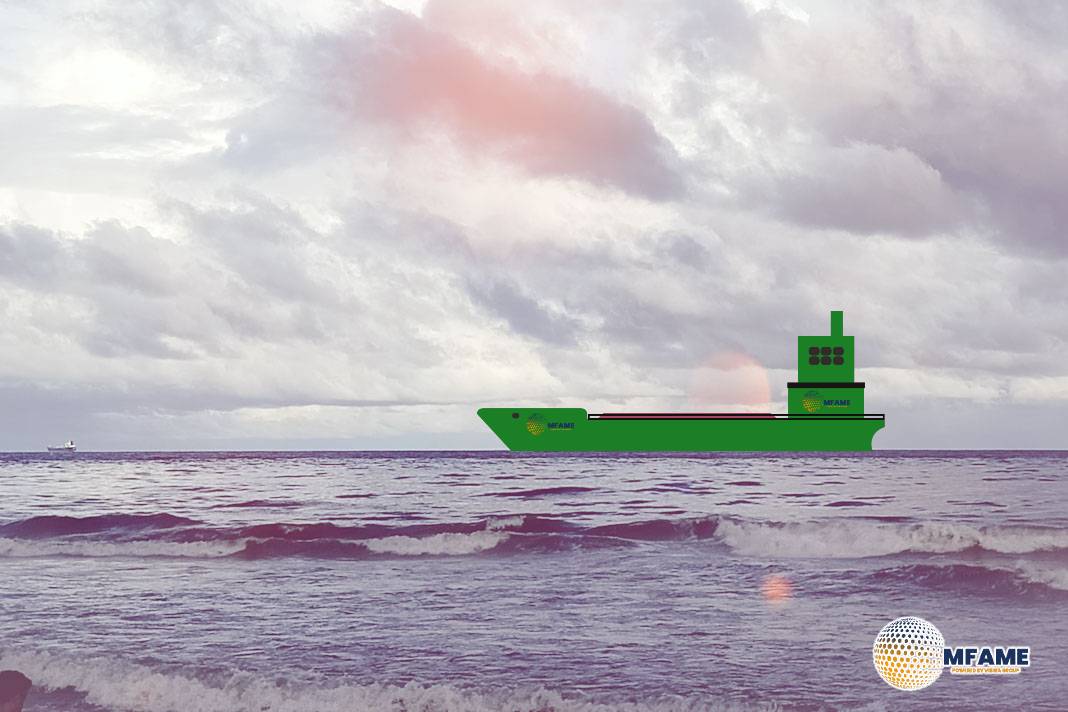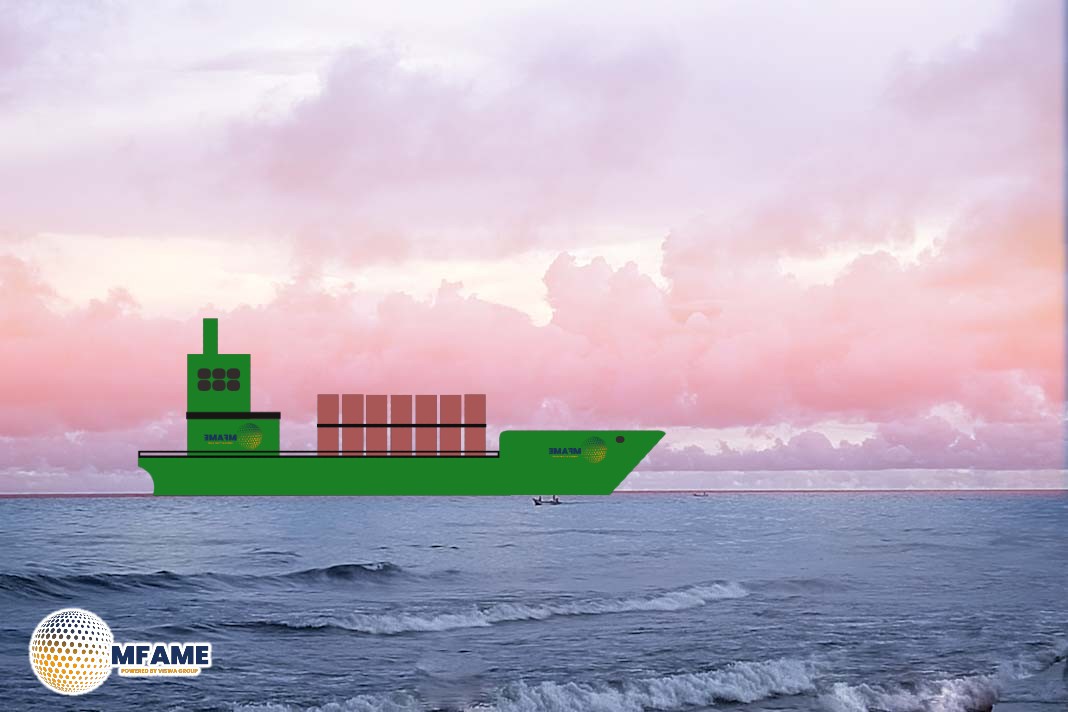On Wednesday, April 2nd, the widely discussed “Liberation Day” occurred, with US President Donald Trump enacting a 10% tariff on all imports from all trading partners, set to take effect on April 5th. Furthermore, reciprocal tariffs targeting specific trading partners will be implemented on April 9th. These reciprocal tariffs are designed to mirror the tariffs that those countries currently impose on goods imported from the United States, reports Gibson.
Crude Oil
East (Arabian Gulf/AG):
- VLCCs: A positive start to the week with increased charterer activity for second-decade stems. However, momentum faded with fewer reported fixtures and inquiries. Operators are cautious as charterers adopt a wait-and-see approach, leading to downward rate pressure. The outlook for next week is uncertain, with owners hoping for increased activity for last-decade cargoes. Geopolitical developments and OPEC+ decisions will be closely monitored. Current rates: AG/China WS57, AG/USG WS30.5.
- Suezmaxes: Basrah/West remains stable around 140 x WS57.5 via C/C. The vessel list is extensive, leading some owners to ballast to West Africa. Eastbound rates are also stable with limited activity, and charterers are likely to push for 130 x WS105 given the ample tonnage.
- Aframaxes: A slower market in the AG due to numerous national holidays, resulting in less inquiry. Tonnage replenishment was limited, keeping rates steady. Aframax AG/East levels finish the week at 80 x WS50, with demurrage around 42.5-45k. Further East, rates cooled off, with TD14 printing lower at 80 x WS133. Limited outstanding cargoes may not sustain rates into next week, as the tonnage list favors charterers. Sentiment has shifted from steady to flat, and further rate softening is expected if demand remains weak.
West Africa:
- VLCCs: The WAF market is facing challenges with minimal activity and downward pressure on rates. This contrasts with a stronger USG market. A fresh test is needed to stabilize rates, but charterers seem optimistic about negotiating better rates for Far East routes. Current rates: WAF/East around WS59.5.
- Suezmaxes: The WAF Suezmax market has a firmer feel, but some tonnage needs to be cleared before owners gain significant traction. Prompt replacements are helping to push TD20 rates up, estimated around WS97.5.
Mediterranean:
- Suezmaxes: TD6 rates remain steady, with last-done levels being repeated. Following the CPC controversy, the market seems to be normalizing. Expected rates: around WS130. Libya/Ningbo rates are around $5.7 million.
- Aframaxes: The market remains unpredictable, influenced by factors like the temporary CPC pipeline shutdown and its rapid return. Suezmaxes entering Aframax territory drove XMed rates down from WS200 to WS182.5 and then to WS165. However, genuine firm Aframax availability remains relatively balanced, with owners starting to hold firm. Strength in the North Sea and US markets, leading to vessels ballasting out of Europe, is tightening regional supply. Charterers should remain vigilant, especially with the remaining Libyan export program.
US Gulf/Latin America:
- VLCCs: The USG export market showed some positive signs, although rate gains weren’t as strong as anticipated. A slight downward trend for early May laycan cargoes is a concern, but firm conditions for TA voyages suggest tight vessel supply, which could support rates in that area. Brazil’s export activity was slightly lower, and rates softened due to a lack of demand in WAF and a softer East market. Current rates: USG/China $8.65 million, Brazil/China WS58.5.
North Sea:
- The North Sea market saw increased activity, adding some “spice” to a previously unappetizing market. Rates are now trading at WS137.5, with some positive sentiment for next week, especially as the neighboring Mediterranean market may not look as strong in the near term.
Clean Products
East (Arabian Gulf/AG):
- LR2s: A slow week due to public holidays. UKC rates held steady at $4.0 million, and TC1 remained in the 75 x WS145-150 range.
- LR1s: Experienced a negative correction due to low activity and increasing tonnage availability. UKC ex AG adjusted to $3.0 million, and TC5 also settled in the WS145-150 bracket. Next week’s third-decade stems will test the market and the disparity between TC1 and TC5.
- MRs: Public holidays in the Middle East led to a charterer-favored sentiment. Lack of activity built tonnage lists, and mid-week fresh tests eroded previous rates. Despite a late rush of cargoes, rates continued to fall, with TC17 on subs at WS197.5. East and West runs are due for a fresh test.
UK Continent:
- MRs: A week of two halves, with rates gently declining for most of the week, reaching lows of 37 x WS150 TA for a dirty/dirty (d/d) long-cycle (lc) base oil vessel. Cargo flow was generally slow until Friday when some post-tariff announcement stems entered the market. With limited tonnage availability, owners will try to resist further drops, and a few more stems in the 10-15-day window could push rates back up slightly. Short-haul MR activity was limited but traded at the usual +10 premium.
- Handies: Very limited inquiry led to rate declines. The tumbling Med rates also removed any incentive for owners to head south. Overall, a lackluster week for Handies cross UKC. Rates currently sit at 30 x WS150, with expectations of a busier next week.
Mediterranean:
- MRs: With inherent tightness, Med MR rates fared better than the North. Tonnage from West Africa (WAF) has been moving into the Med via Gibraltar due to better earnings, providing the primary tonnage source. Rates around 37 x WS175 seem prevalent, having traded down mainly due to the falling rates in the North. The key question is whether this premium will hold, as it could attract ballast units, potentially limiting tonnage in the North but also reducing the rate difference in the Med. UKC rates will be a significant factor.
- Handies: A significant drop for Handies in the Med, with rates falling nearly 80 points since Monday amid a quiet market and increasing tonnage. This decline spurred charterer activity, with nearly 15 ships on subs for XMed by Friday, leading to a small bounce back to 30 x WS165. While this suggests potential resistance, whether these vessels secure their subs will determine if this is a floor or just a pause in the downward trend.
Dirty Products
Handy:
- UK Continent (North): A strong week for owners in the North. Consistent inquiry flow kept rates moving upwards. The tight vessel availability persisted throughout the week, and further rate increases are likely heading into next week.
- Mediterranean (Med): The week started slowly in the Med, leading to a rapid increase in tonnage availability. Coupled with a lack of inquiry, a market test was inevitable. Rates on subs reached WS220 on Friday and are likely to be tested further early next week as more vessels are expected to be confirmed over the weekend.
MR:
- UK Continent (North): A clear shortage of readily available vessels led to the market trading on an individual basis. Charterers were compelled to look beyond the immediate fixing window, closely monitoring surrounding regions. The West Mediterranean appeared to have the most vessel availability, but owners maintained a positive outlook throughout the week.
- Mediterranean (Med): A lack of inquiries for full cargoes allowed vessels with upcoming availability to move further up the list, particularly in the East and central parts of the region. Owners’ rate expectations softened as the week progressed, anticipating an eventual correction.
Panamax:
- Vessel availability remained largely unchanged this week, with a good supply of tonnage. The Aframax market is expected to strengthen next week, which might lead to some local voyages filtering down to the Panamax sector. However, opportunities currently remain somewhat limited.
Did you subscribe to our daily Newsletter?
It’s Free Click here to Subscribe!
Source: Gibson
















